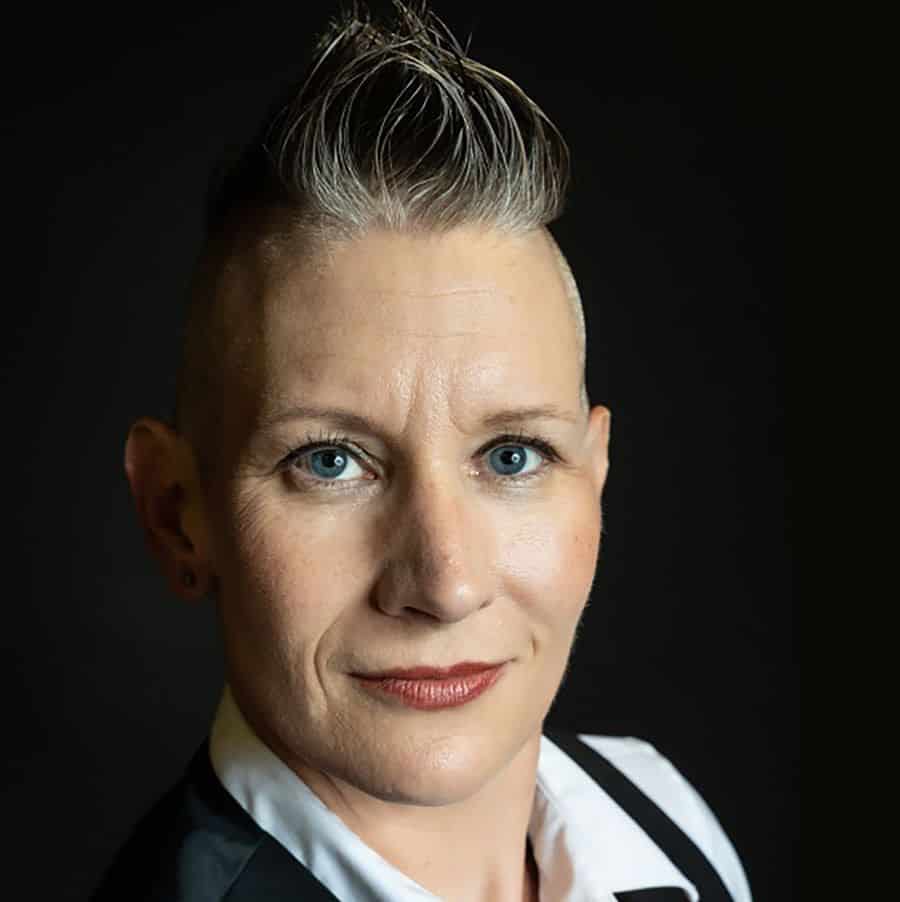 The first edition of Joe Pulizzi’s book “Content Inc.” was good. The second edition, released earlier this year, is even better! I used the first edition to write my content marketing strategy. It got my mental wheels turning about the “what” aspects of my content marketing efforts, specifically what I wanted to create. The second edition — which is full of updated and new information — has inspired me to revise my plan, taking into account what is sustainable for me as a creator and how to better build my audience.
The first edition of Joe Pulizzi’s book “Content Inc.” was good. The second edition, released earlier this year, is even better! I used the first edition to write my content marketing strategy. It got my mental wheels turning about the “what” aspects of my content marketing efforts, specifically what I wanted to create. The second edition — which is full of updated and new information — has inspired me to revise my plan, taking into account what is sustainable for me as a creator and how to better build my audience.
Pulizzi is the godfather of content marketing. When he speaks, I shut up and listen. He’s an entrepreneur and podcaster as well as an author. He’s experienced firsthand how to build a business from nothing by creating content first, building up an audience, and subsequently providing them with the products or services they need or request. This content marketing strategy works because you establish yourself as the informational expert for your industry first. It positions you to be profitable, in part because you were providing your audience value long before you asked them to buy anything. Here are a few of my takeaways from “Content Inc., 2nd Edition: Start a Content-First Business, Build a Massive Audience and Become Radically Successful (With Little to No Money).”
It’s Not About You, It’s About Your Audience
Lawyers are stereotyped as having massive egos, but despite what many influencers are doing online, your content is not the place to be spotlighting yourself. Instead, Pulizzi advises that you focus on the needs of your audience, rather than what you’re good at communicating. Look for the overlap between your areas of expertise and your audience’s desires or pain points.
He says: “Your job is to learn your audience so well that you’ll be able to develop ongoing content that is so good, the people in your audience weren’t even aware they needed it in the first place.”
Start Small
Additionally, it’s OK if the first people who consume your content are friends and family. If you continuously publish quality content, you’ll build a genuine community eager to hear more from you. Likewise, it’s better to focus on being great on one channel first, such as one social media platform or one type of content, such as a blog, videos or a podcast. You want to be well-established using one modality before expanding to other types of content or social media platforms.
Niche Till It Hurts
I have a slip of paper that says this taped to my desk, and Pulizzi reiterates this message for building a business based on content. You want to “find a problem area that no one else is solving and exploit that area with valuable information.” Once you find that area where no one is producing content, you can create a monopoly for yourself. It’s a huge advantage.
Pulizzi says lack of specialization is one of the biggest failures when it comes to content: “Many companies fail because they don’t pick a content niche that’s small enough.”
Even within your practice area of law, don’t focus on every type of case you can take. Instead, position yourself to be an expert on a specific type of problem or category within your practice area. For example, I have a colleague who is an intellectual property attorney, but she’s positioning herself as the go-to expert for copyrights for music.
Not a Get-Rich-Quick Scheme
Following the recommendations in “Content Inc.” can lead to substantial profit — although it is anything but a get-rich-quick scheme. In fact, it’s not a scheme at all: “The payoff is big, but it may take a while to get there.” Content marketing takes time and patience to work, and I mean years: “To be great, you have to show up. Then you have to be interesting. Every. Single. Time.”
According to Pulizzi, the primary reason content marketing fails is that people either stop or aren’t consistent. If you want to achieve success using content marketing, you have to be dedicated to the process, make time to consistently create compelling content, and listen to your audience’s needs.
I’ve only scratched the surface of the wealth of information within this book’s 334 pages. Pulizzi also goes into depth about writing a content mission statement and maintaining a content calendar. The end of each chapter has a list of resources referenced, and there are an additional eight pages of recommended resources, including books, podcasts and websites. I’ve added at least three of these books to my ever-growing reading list.
You can learn more about Joe Pulizzi’s books and podcasts here.
Image ©imagezoo.com
Subscribe to Attorney at Work
To get really good ideas every day for your law practice, subscribe to the Daily Dispatch newsletter.
















